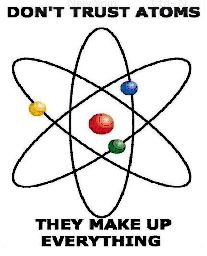>>>
The History of the ACT Test
http://blog.prepscholar.com/the-history-of-the-act-test
How did the ACT get started? And how did it become the test it is today? Read on to learn more about ACT history, its successes and failures, and how things might change for it in the future.
Early Days
In 1959, an education professor at the University of Iowa named Everett Franklin Lindquist developed the ACT as a competitor for the SAT, which had been around for about 20 years as a mainstream college admissions test.
The ACT originally stood for American College Test and was based off of the Iowa Tests of Educational Development. The goal for the ACT as an alternative to the SAT was that it wouldn’t just test cognitive reasoning; it would test information actually learned in school. It was the first standardized test to include a science section. It was also more focused on identifying strengths and weaknesses to guide student placement rather than determining cognitive reasoning strength across the board like the SAT.
The first ACT was administered to 75,460 students in 1959. The original sections were English, Mathematics, Social Studies, and Natural Sciences, with 45 minutes for each section and scores on a scale of 0-36. It gained popularity as a college admissions exam in the central and midwestern US where the SAT had not yet established its dominion. In fact, part of the purpose of the ACT was to provide other colleges and public universities with an admissions exam to use since the SAT was only used by selective institutions in the northeast.
By 1972, the number of students taking the ACT had grown to over a million!
>>>
(Article does continue. Zim.)

Mad Poet Strikes Again.
